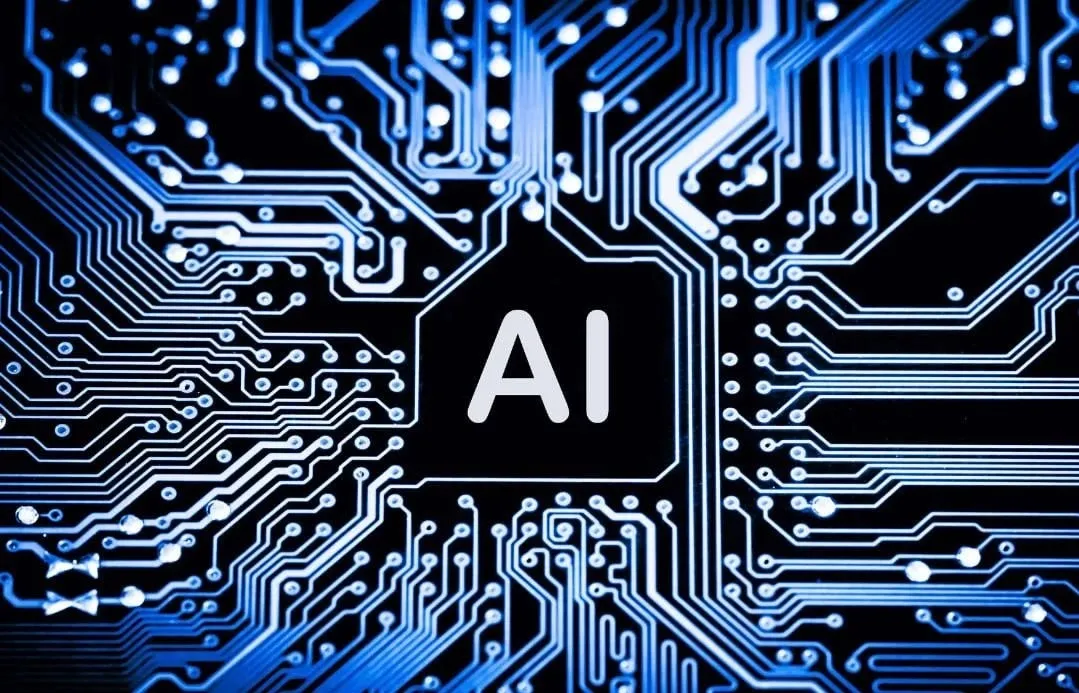
Foundations of Generative AI
– Generative Artificial Intelligence relies on algorithms like Generative Adversarial Networks (GANs), comprising a generator and a discriminator.
– GANs were introduced in 2014 by Ian Goodfellow and colleagues, with the generator creating new data instances resembling the training data, while the discriminator distinguishes between real and fake data.
The Generator
– It produces new data instances based on random noise initially, refining its output through training to resemble the training data.
The Discriminator
– This network aims to differentiate between real and fake data instances, providing feedback to the generator to improve its output over time.
Adversarial Training
– The generator and discriminator engage in a competitive game during training, with the generator attempting to produce more convincing output while the discriminator becomes
better at identifying fake samples.
Applications of Generative AI
– Generative AI finds use in various domains, including image synthesis, text generation, music composition, and video generation. – Examples include generating photorealistic images, creating coherent text, and even composing music.
Ethical Considerations and Challenges
– Generative AI raises concerns regarding the creation of deceptive content such as fake news and deepfake videos.
– Responsible deployment and addressing biases in training data are essential considerations.
Future Directions
– Ongoing research aims to enhance the capabilities and robustness of generative AI through techniques like self-supervised learning, reinforcement learning, and hybrid architectures.







